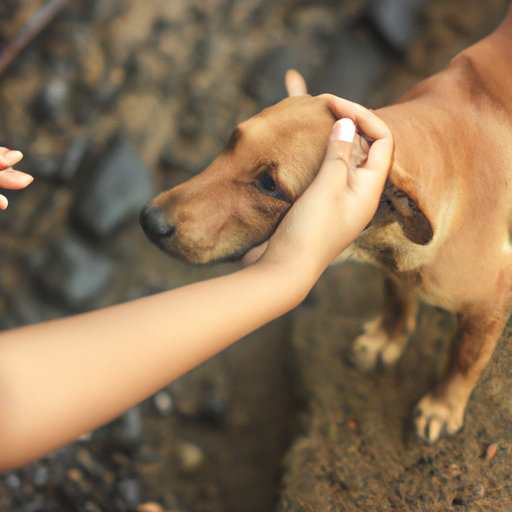As an ardent caregiver, you have a unique bond with your pet. You understand their quirks, love their company, and above all, you are committed to ensuring they lead a healthy and happy life. But what happens when your beloved dog is constantly living in fear? This guide will walk you through the process of understanding and helping your fearful dog.
Understanding Fear in Dogs
First and foremost, it’s important to acknowledge that fear is a natural and normal response to perceived danger. It’s a survival mechanism that prepares your dog to either fight or take flight. However, when fear becomes chronic or excessive, it can severely affect your dog’s quality of life.
Common signs of fear in dogs include:
- Aggression or extreme submission
- Excessive barking or whimpering
- Shivering or shaking
- Running away or hiding
- Soiling indoors or other unusual behaviors
Various factors can trigger fear in dogs. These may include past traumas, lack of socialization, or certain medical conditions.
Reducing Fear Triggers
Once you’ve identified the symptoms, the next step is to understand what triggers your dog’s fear response. Here’s how to proceed:
- Observe: Monitor your dog’s behavior closely. Note what circumstances, objects, or people seem to trigger their fear.
- Record: Keep a detailed journal of these observations. This will help you discover patterns and identify specific triggers.
- Consult: Take your findings to a professional. A vet or a professional animal behaviorist can provide valuable insight and advice.
Common fear triggers in dogs include loud noises (like fireworks or thunder), unfamiliar people or animals, and certain situations or environments (like the vet’s office or car rides).
Implementing Fear Reduction Techniques
Once you’ve identified the triggers, it’s time to start working on fear reduction techniques. Here are some strategies you can implement:
Counter-conditioning
Counter-conditioning involves changing your dog’s emotional response to the fear trigger.
- Identify the trigger: Using your observation journal, identify the fear trigger.
- Create a positive association: Gradually expose your dog to the fear trigger while simultaneously offering a positive stimulus, like a treat or a favorite toy.
Desensitization
Desensitization involves gradually exposing your dog to the fear trigger at a low intensity, and slowly increasing the intensity over time.
- Start small: Begin with a low-intensity version of the fear trigger.
- Gradually increase: Slowly increase the intensity as your dog becomes comfortable.
Seeking Professional Help
If your dog’s fear is severe, it may be necessary to seek professional help. This could include a veterinarian, a professional dog trainer, or an animal behaviorist.
| Professional | How They Can Help |
|---|---|
| Veterinarian | Can rule out any medical issues causing fear, and can prescribe medication if needed. |
| Dog Trainer | Can help implement behavior modification techniques. |
| Animal Behaviorist | Can provide a thorough behavior assessment and a tailored treatment plan. |
Building a Fear-Free Home Environment
Creating a safe and secure home environment is crucial in helping your fearful dog.
- Safe space: Provide a designated ‘safe space’ where your dog can retreat when they’re feeling scared.
- Routine: Dogs thrive on routine. Consistent meal times, walks, and playtimes can provide a sense of security.
- Positive reinforcement: Always reward brave behavior with treats, praise, or a favorite toy.
FAQ
Q: Can I comfort my dog when they’re scared?
A: While your instinct may be to comfort your dog, this can sometimes reinforce their fearful behavior. Instead, try to act as normally as possible and reward your dog for calm behavior.
Q: How long does it take to help a fearful dog?
A: The process of helping a fearful dog can take weeks, months, or even longer. Patience and consistency are key.
Q: Can medication help my fearful dog?
A: In some cases, medication can help manage a dog’s fear and anxiety. However, medication should always be used in conjunction with behavior modification techniques, and should only be used under the guidance of a vet.
Remember, every dog is unique, and what works for one might not work for another. Patience, love, and understanding are your most powerful tools.



